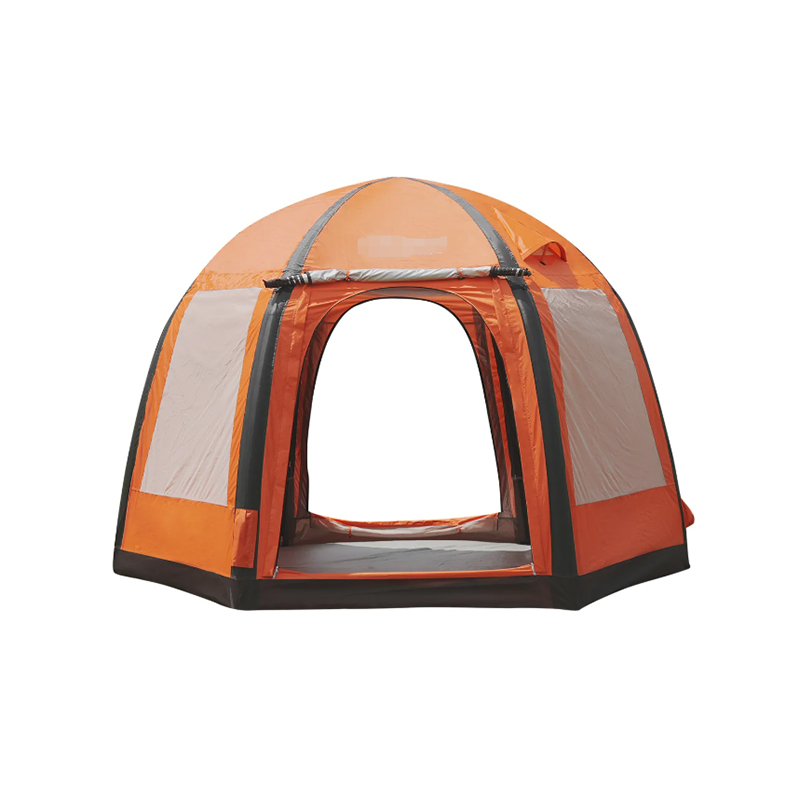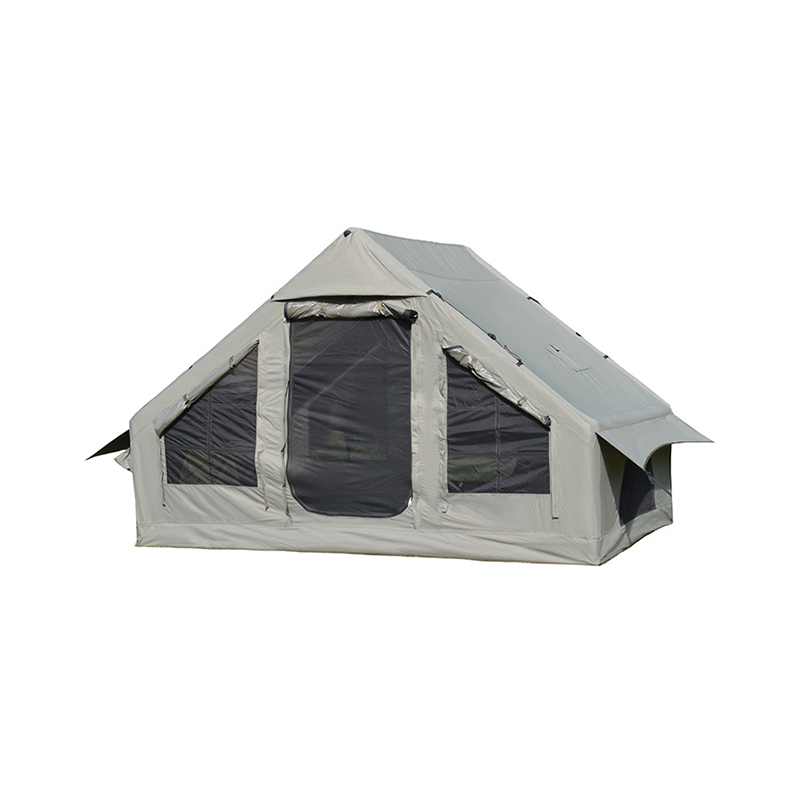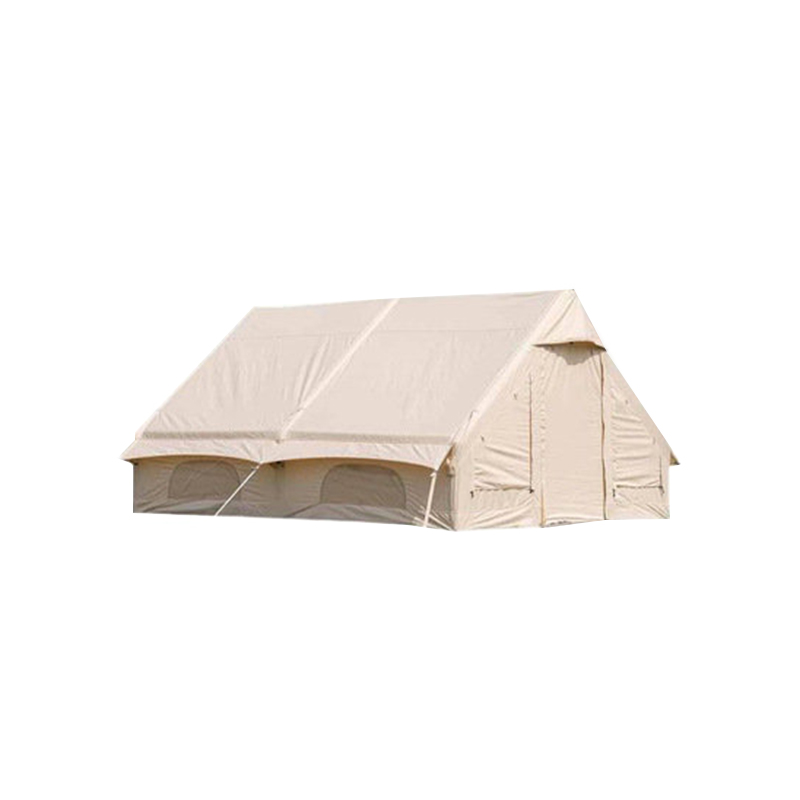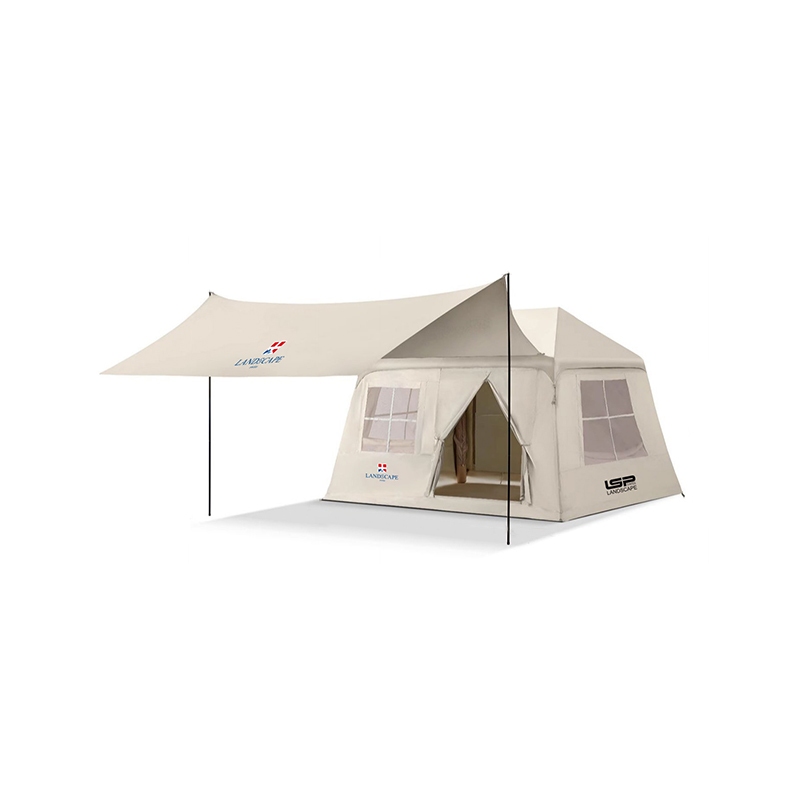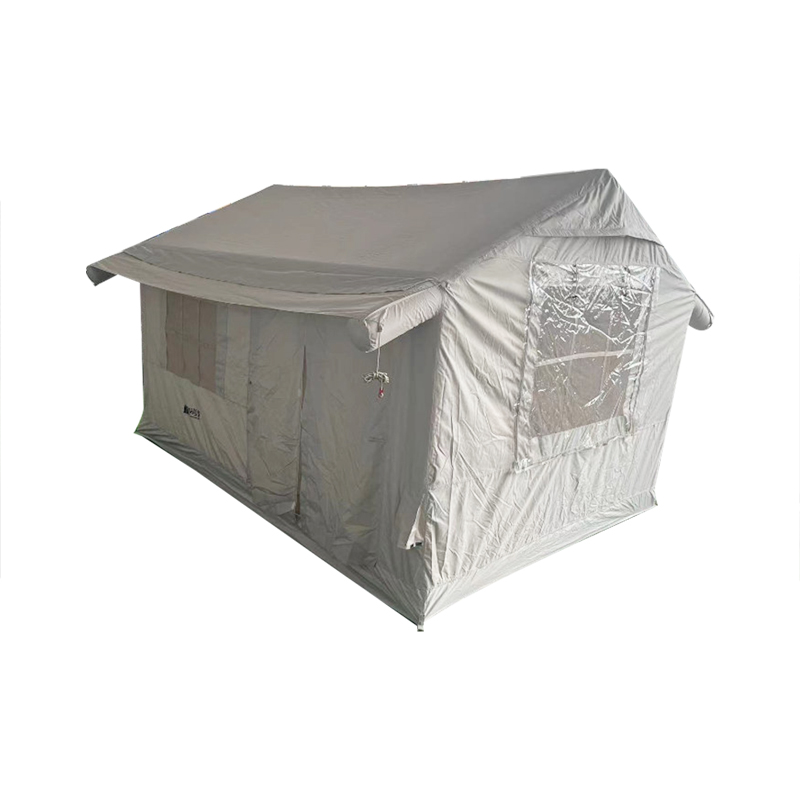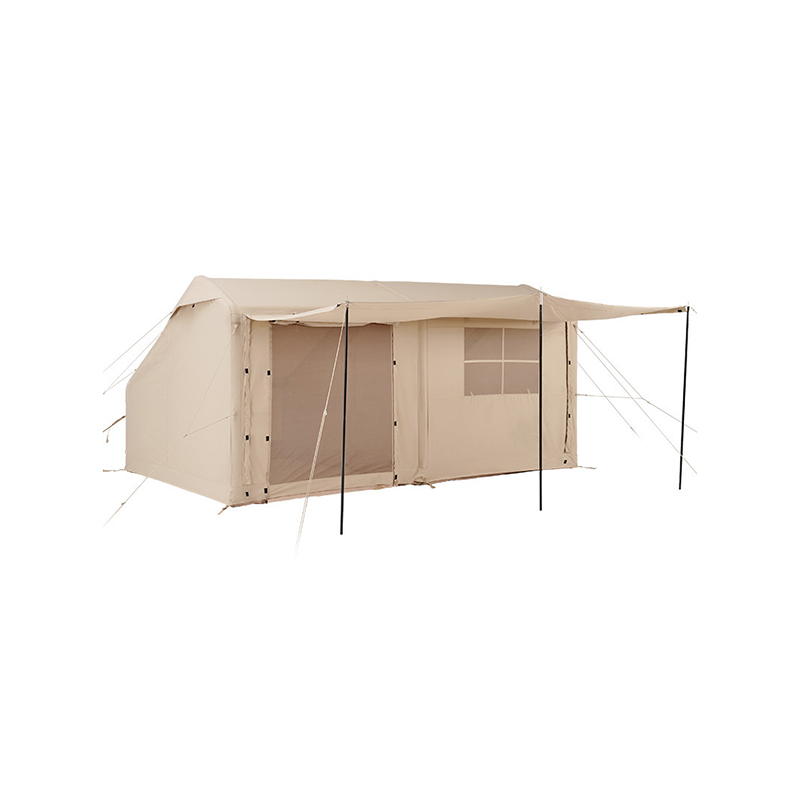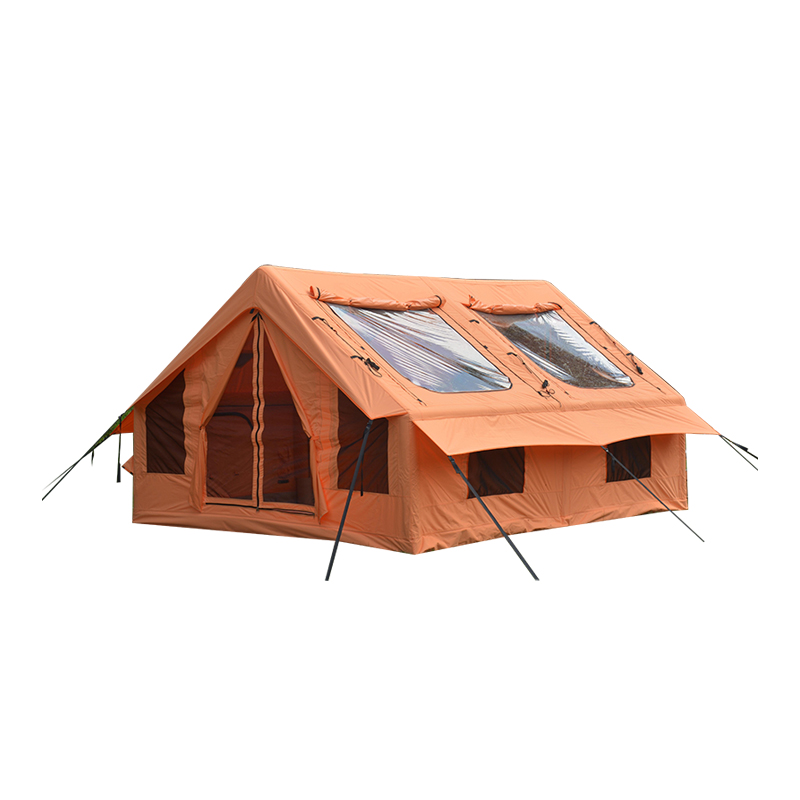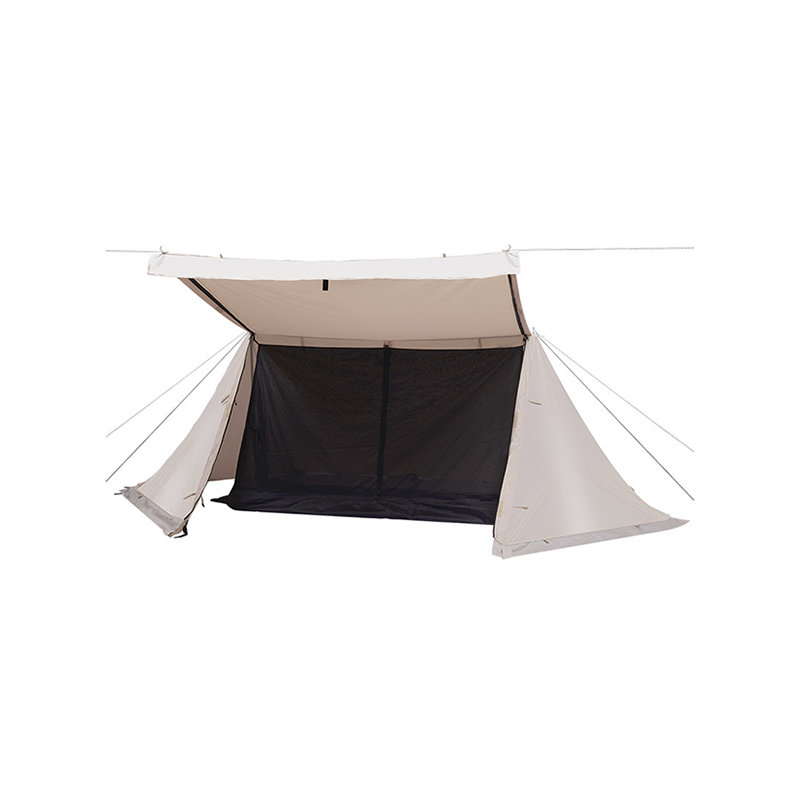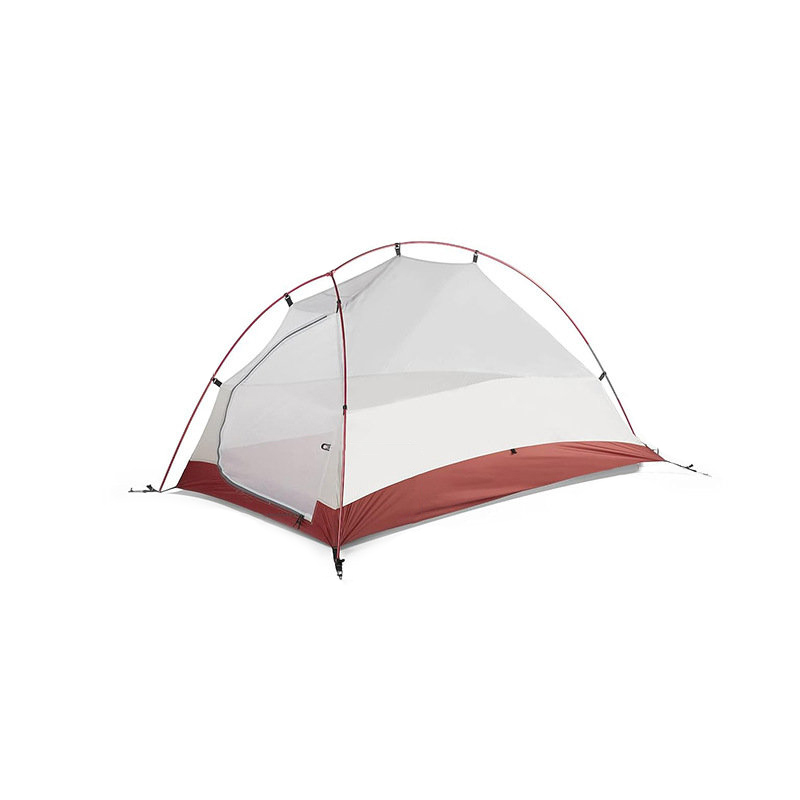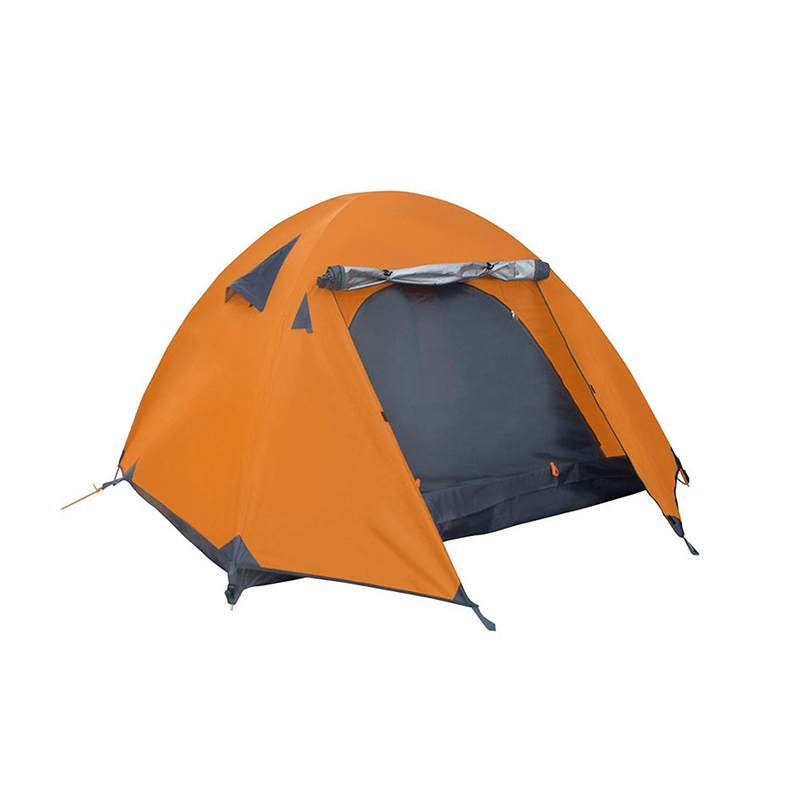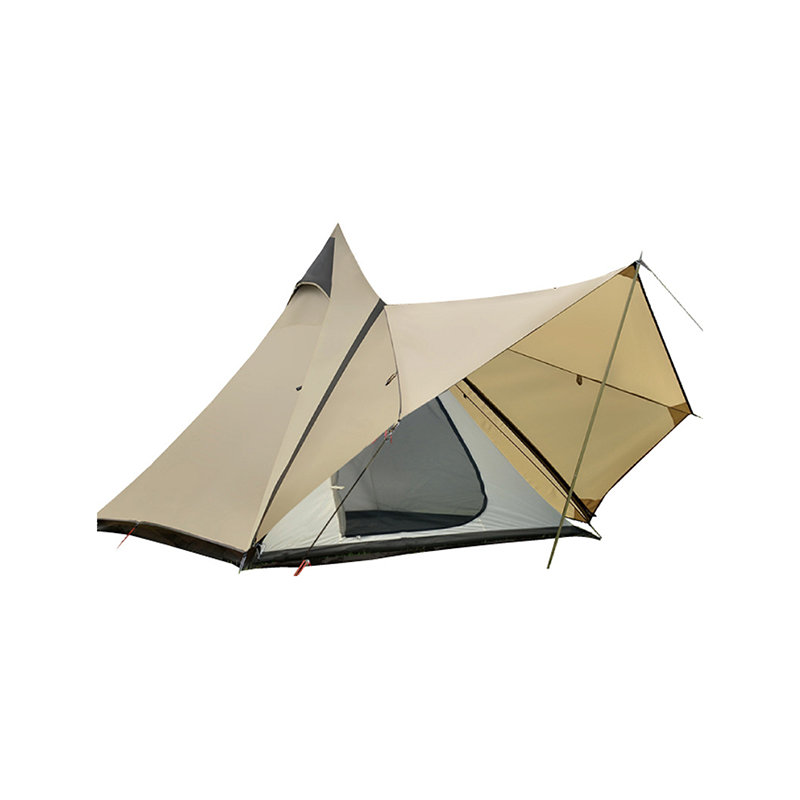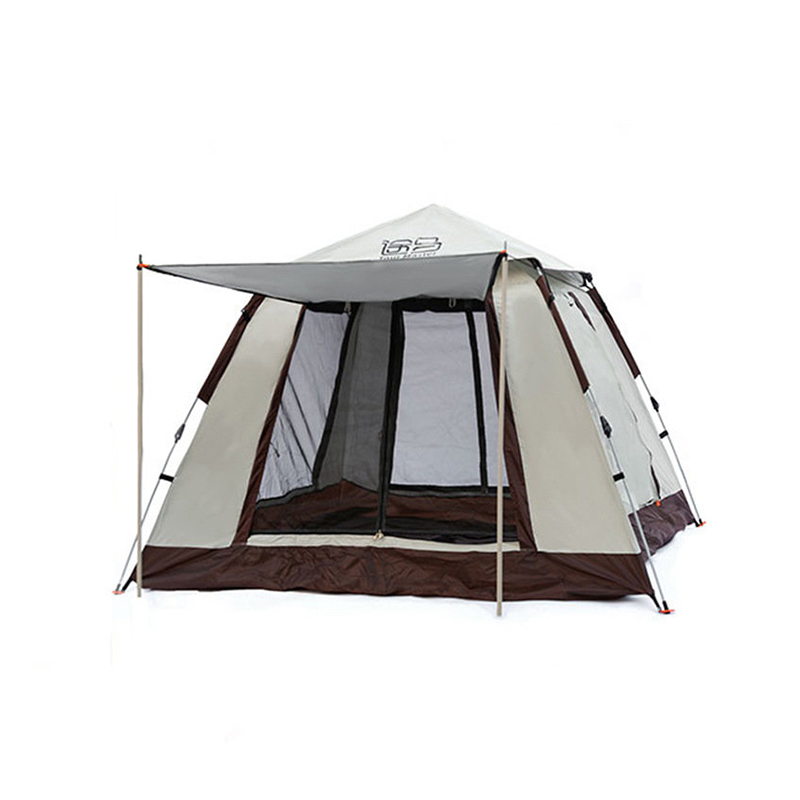Weather Resistance and Waterproofing
When choosing an Inflatable Camping Tent, the ability to withstand various weather conditions is paramount. A high-quality tent should have a robust waterproof rating to keep you dry during heavy rainstorms. Waterproof ratings are usually measured in millimeters (mm) and indicate the pressure of water the fabric can withstand before it begins to leak. Tents with a rating of 3000mm or more are typically suited for heavy rain. In addition to the fabric's waterproof properties, consider the tent’s rainfly, which serves as an additional protective layer. A well-designed rainfly, preferably with a full coverage system, ensures that rainwater doesn’t seep in through vulnerable areas like the tent doors or windows. Furthermore, check for sealed seams, as even small gaps in the stitching can lead to leaks. Tents with a durable, waterproof coating on the exterior, coupled with sealed seams, provide comprehensive protection against water ingress, keeping the interior dry and comfortable.
Air Beam Structure
The defining feature of an Inflatable Camping Tent is its air beam structure, which replaces the traditional poles found in most tents. This design offers several advantages, including reduced setup time and enhanced stability. Air beams are typically constructed from durable, puncture-resistant materials, and they utilize high-pressure chambers to provide solid structural support. When inflated, these beams create a rigid framework, making the tent significantly more stable and resistant to wind. Unlike traditional poles that may bend or break under pressure, air beams maintain their shape and provide consistent structural integrity. The inflatable nature of these beams allows for a faster and easier setup compared to traditional pole tents. This structure also absorbs impacts better, reducing the likelihood of damage in rough conditions. Therefore, the quality and durability of the air beams are critical to the overall performance of the tent in various weather conditions.
Ventilation System
Proper ventilation is essential for maintaining comfort inside the tent, especially when you’re camping for extended periods. Inflatable Camping Tents are designed to offer ample airflow, which helps reduce condensation buildup and regulate the internal temperature. Tents with large mesh windows or vent openings positioned at the roof or sides facilitate airflow while preventing rainwater from entering. Adjustable vents allow you to control the amount of air circulation, ensuring the tent remains cool on warm days and dry during rainy conditions. Adequate ventilation prevents the tent from becoming too stuffy, which is particularly important in high-humidity environments. Condensation can quickly accumulate inside a poorly ventilated tent, leading to damp conditions that compromise both comfort and gear. Therefore, selecting a tent with a well-designed ventilation system is key to ensuring a pleasant camping experience.
Insulation and Weatherproofing
When considering an Inflatable Camping Tent, it's important to ensure that it provides adequate insulation to handle both warm and cold temperatures. Insulation in tents is often achieved through the use of multi-layered materials, reflective coatings, and an effective rainfly. Some tents feature thermal reflective coatings or inner layers designed to trap heat and maintain warmth during cooler weather, ensuring a more comfortable sleeping environment in cold conditions. In contrast, these tents may also have breathable panels or vents that allow for cooling in hot climates. Furthermore, a robust groundsheet with insulation properties helps protect from the cold, damp ground and further improves the overall warmth inside the tent. For all-season use, look for an Inflatable Camping Tent with a combination of weatherproofing, insulation, and ventilation features that can adapt to varying environmental conditions.
Spaciousness and Layout
Comfort inside an Inflatable Camping Tent depends on how spacious it is and how its interior is organized. Many inflatable models offer more space than traditional tents, allowing campers to move freely inside. The tent’s layout is also important, as a well-designed tent will include multiple compartments or rooms to accommodate both people and gear. Some Inflatable Camping Tents come with a vestibule, which serves as a storage area for boots, backpacks, or wet gear, keeping the main living space dry and clutter-free. Some tents are designed with a high ceiling, giving the interior a more open, airy feel. For family or group camping, choosing a tent with multiple entrances and dividers can offer more privacy and convenience, allowing each camper their own space. A spacious tent with thoughtful design features ensures a comfortable camping experience, especially for longer trips.



 English
English 中文简体
中文简体